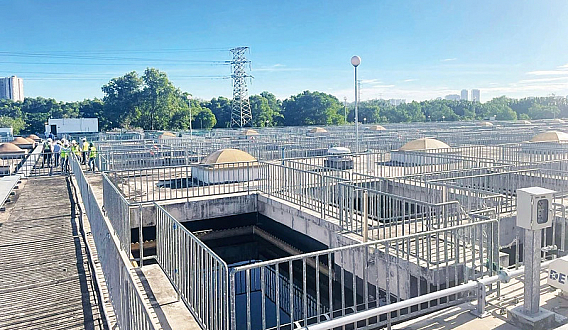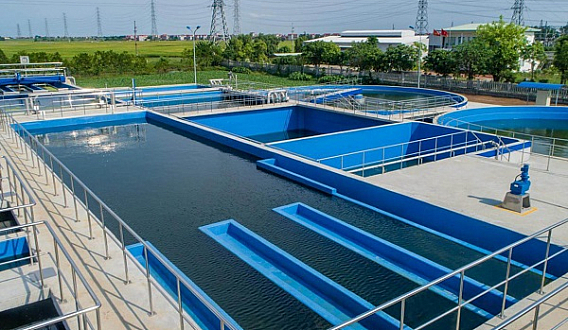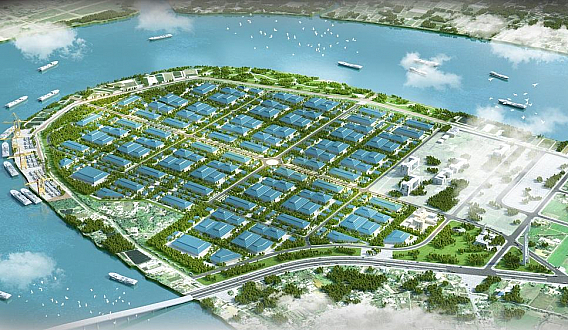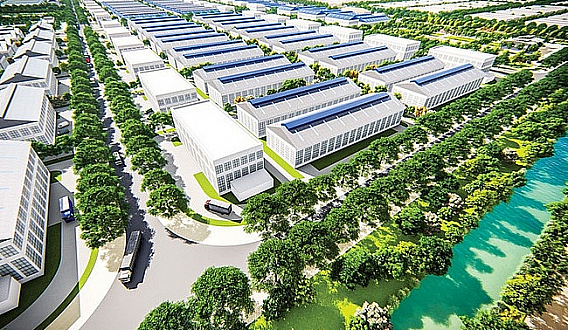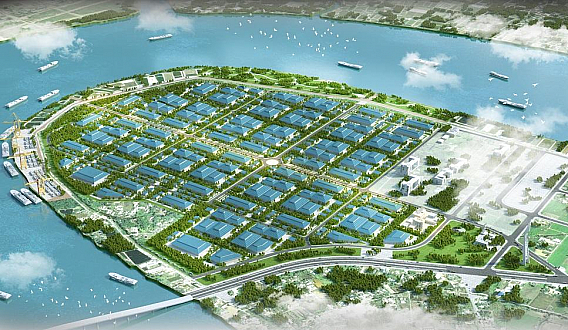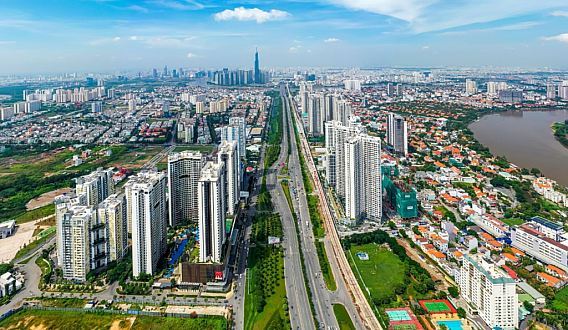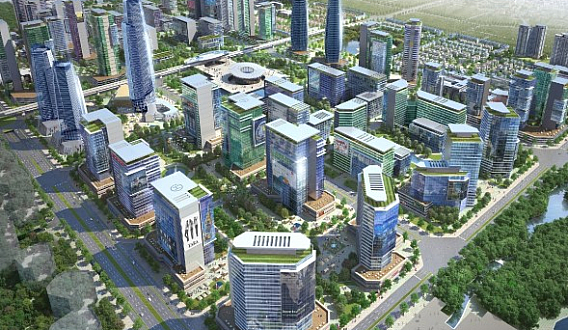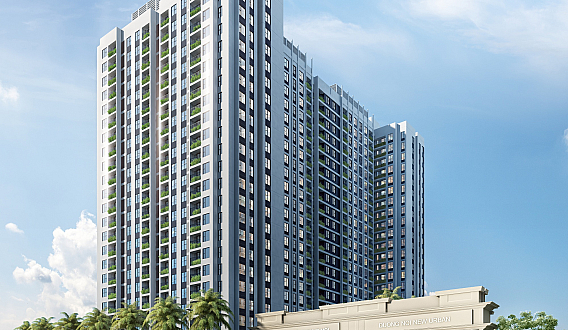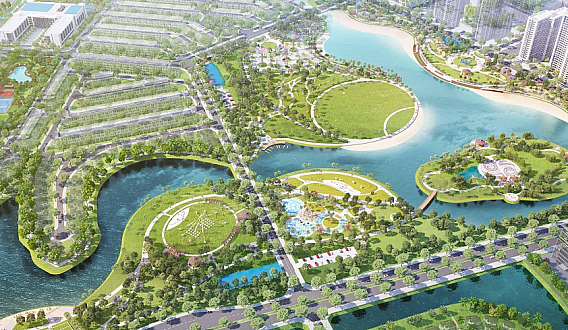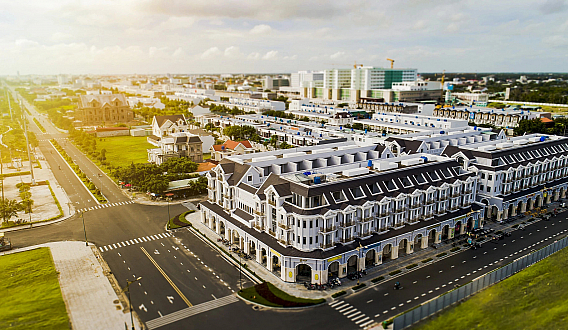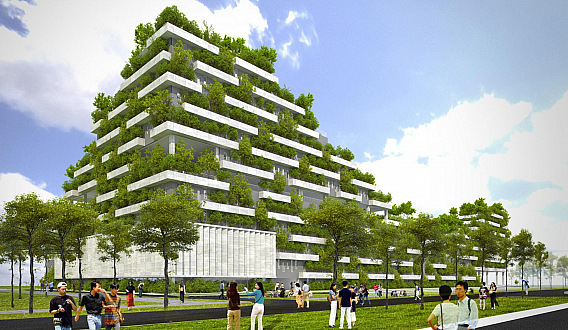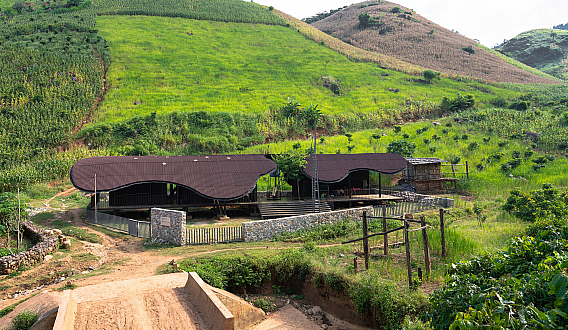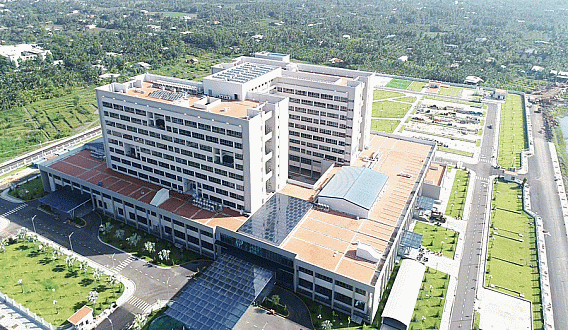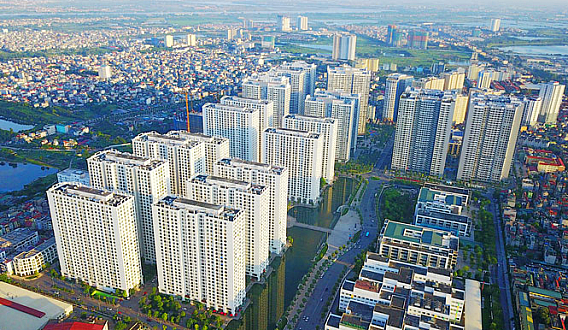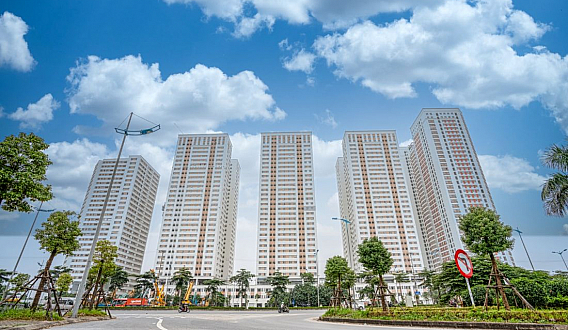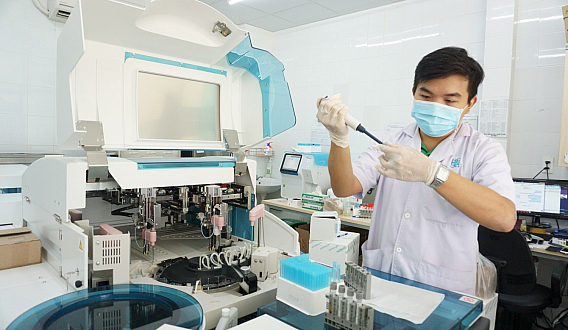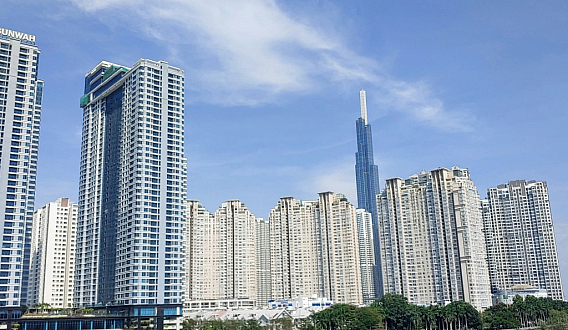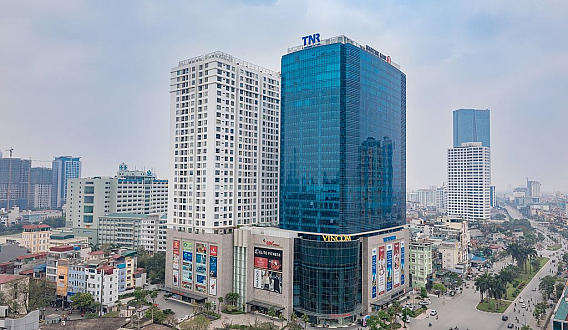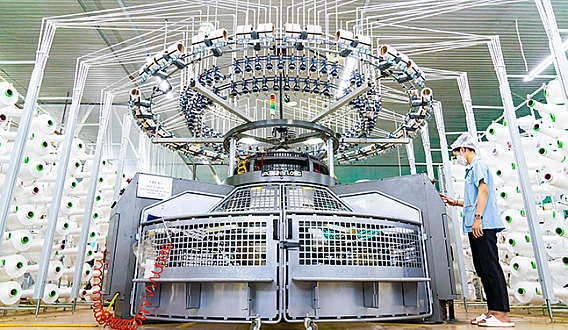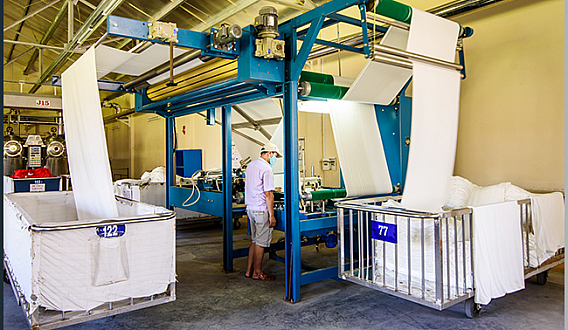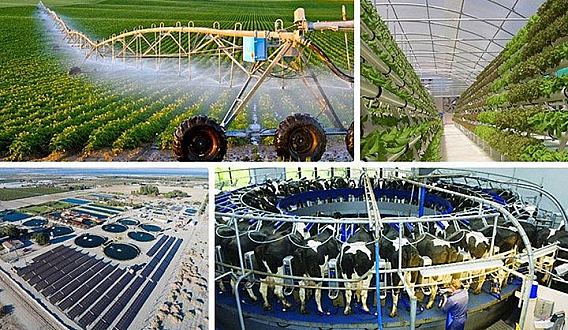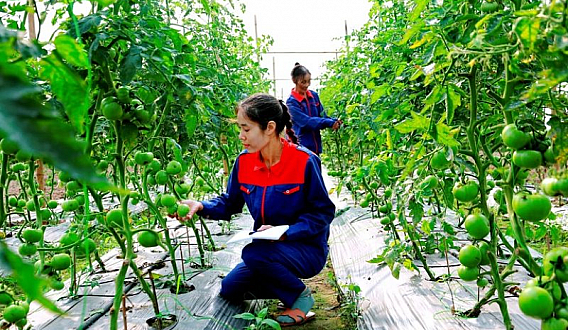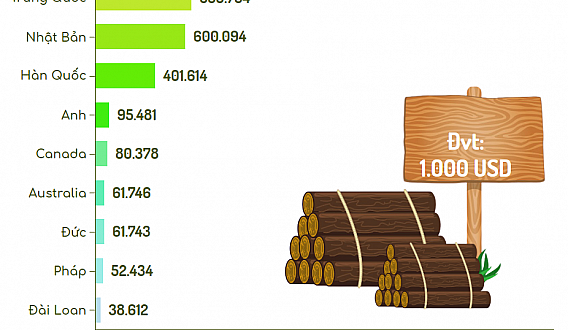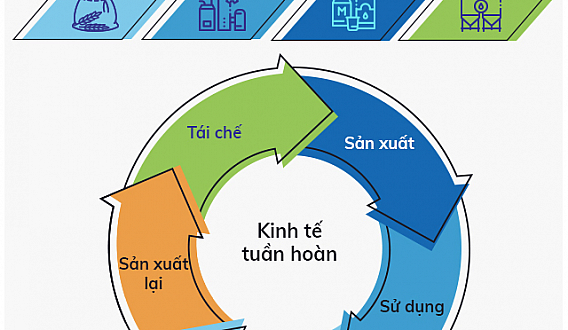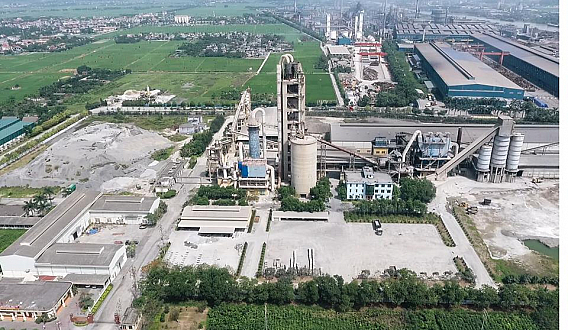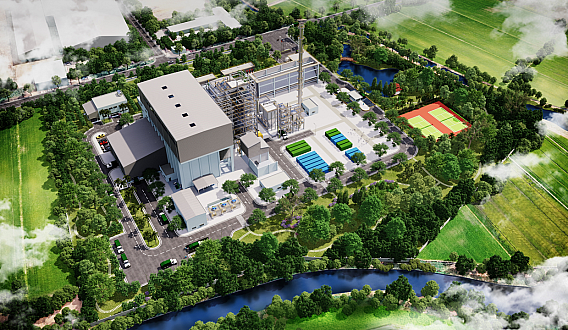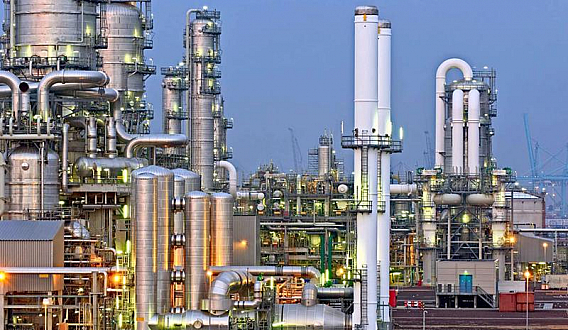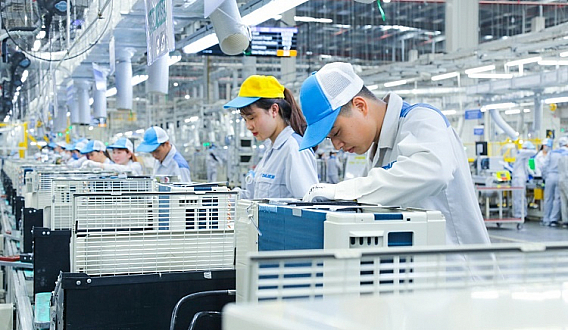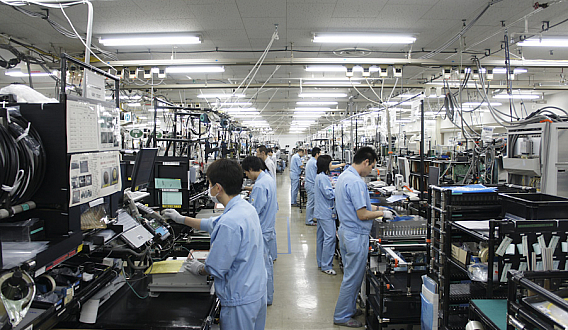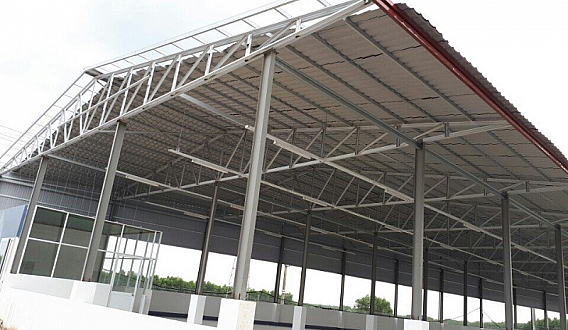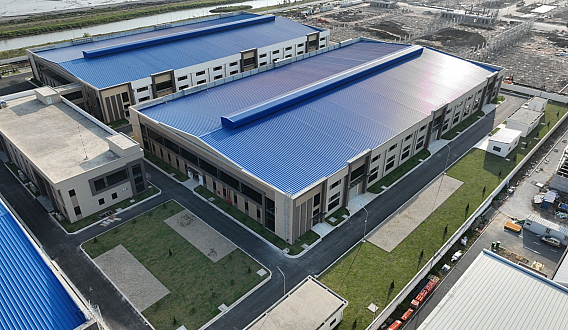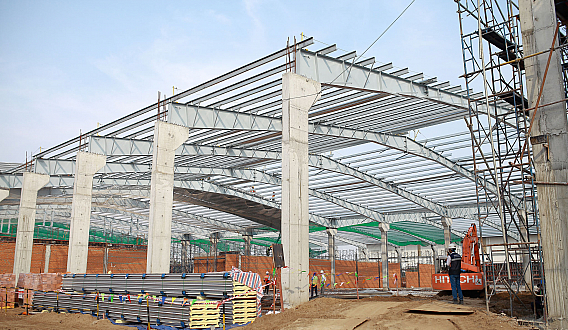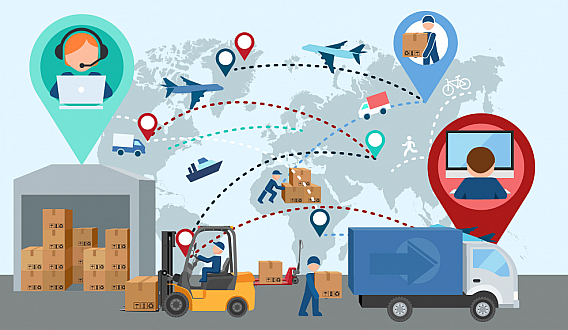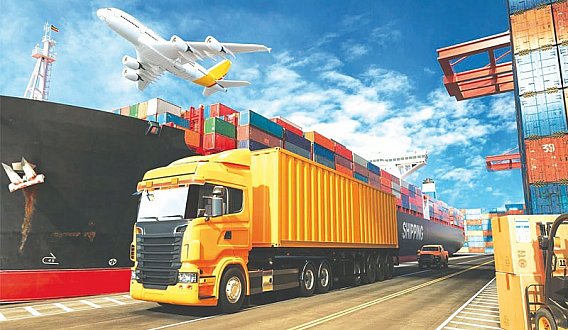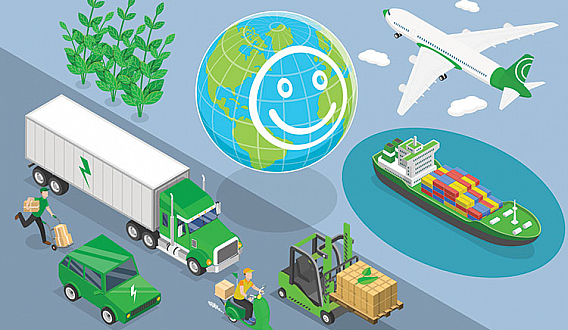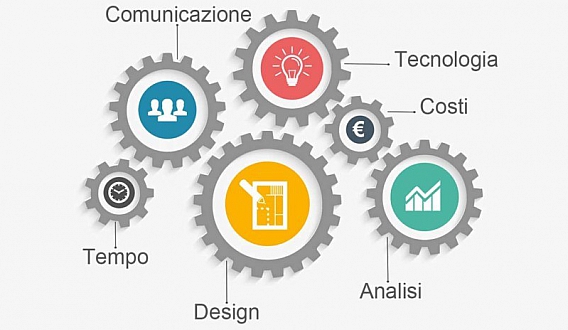Paving the Way for Green Banking
Paving the Way for Green Banking
According to the State Bank of Vietnam, green credit has grown by an average of 23% per year since 2017. The two sectors attracting the most green capital are renewable energy and agriculture. Experts estimate that to achieve the goal of net-zero emissions by 2050, Vietnam needs to mobilize resources of up to $144 billion. This raises the issue of finding ways to unlock green capital flows.
At COP26, Vietnam strongly committed to achieving net-zero emissions by 2050. To implement this goal, according to the report implementing the conclusions of the first plenary session of the National Steering Committee on Green Growth of the Ministry of Planning and Investment, in addition to state budget sources, to achieve the goals of green growth and net-zero emissions from 2021 to 2050, Vietnam needs to mobilize an additional $144 billion, equivalent to about 2.2% of GDP. With such large capital needs, effective solutions are required to promote green finance, including green credit.
GREEN CREDIT GROWS AVERAGE 23% PER YEAR
Mr. Justin Ma, Senior Director of Sustainable Finance for Southeast Asia at Standard Chartered Bank, stated that recent years have witnessed stable and increasing growth in sustainable issuances and financing in Asia and globally.
Statistics show that in 2022, over $1.49 trillion of sustainable debt instruments were issued, bringing the total volume of the sustainable market to over $5.4 trillion. Mr. Justin Ma noted that out of $1.49 trillion, the most common (in terms of issuance scale) includes: green bonds (38%, $573 billion); sustainable linked loans - SLL (28%, $423 billion); sustainable bonds (10.5%, $157 billion).
Similarly, in the Asia-Pacific (APAC) region, green bonds (44%, $172 billion); SLL (21%, $80 billion); sustainable bonds (9%, $34 billion).
In Vietnam, data from the State Bank shows that from 2017 to 2022, the outstanding credit to green sectors of the banking system had an average annual growth rate of over 23%.
STILL WAITING FOR DETAILED REGULATIONS ON ENVIRONMENT AND RENEWABLE ENERGY
Despite positive signs in the growth of green credit, green banking in Vietnam, according to Mr. Nguyen Quoc Hung, has not fully tapped its potential.
Accordingly, the development of green banking activities at Vietnamese credit institutions still faces many difficulties and challenges, such as requiring very large resources for implementation; limited knowledge and experience of bank officials in the assessment and approval of credit related to environmental and social issues. Some banks are proactive and pioneering, while others lag behind. Some banks have not established internal regulations on environmental and social risk management and lack specialized units/departments for risk management in this area.


